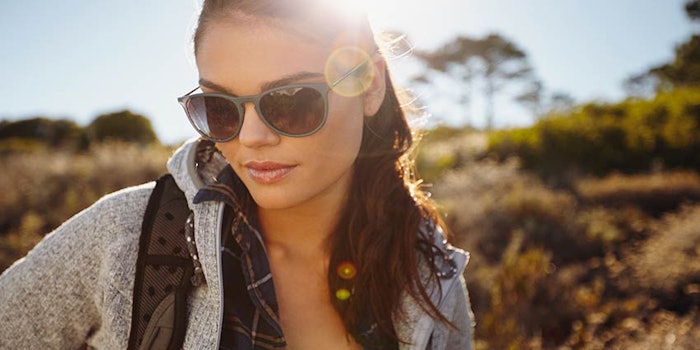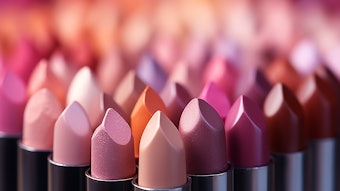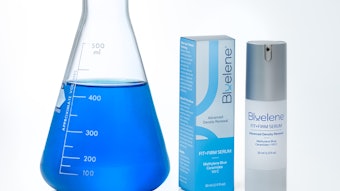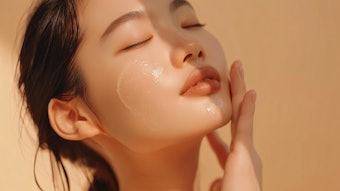
In the beauty market of 2018 and beyond, the brands that will survive will have to forge emotional connections with their consumers, leverage natural and “clean” formulations, foster wellness and increasingly use digital tools and platforms to scale their businesses.
These were the key takeaways from this year’s in-depth beauty industry briefing hosted by CEW in New York City, featuring Sarah Jindal, senior innovation and insight analyst, beauty and personal care, Mintel; Larissa Jensen, executive director, beauty industry analyst, NPD Group; and Jordan Rost, vice president, consumer insights, Nielsen. Additional cited data was derived from Tribe Dynamics.
Read the full series:
- US Prestige Beauty
- The Beauty Consumer
- Beauty Retail
- US Prestige Skin Care
- US Prestige Makeup
- US Prestige Fragrance
- Natural, Sustainable and Clean Beauty
- Beauty for All
According to data presented by Jordan Rost, vice president, consumer insights, Nielsen, sales of personal care brands making natural claims grew 9% last year, slightly slower than the 11% and 10% experienced in 2015 and 2016, respectively. A similar trend was seen in natural beauty care, which also grew 9% in 2017, compared to 16% and 11% in 2015 and 2016, respectively.
While there is no one path to natural or sustainable beauty, Rost told Global Cosmetic Industry, in all cases natural beauty must be about authenticity. Brands must deliver what they say they will.
He added that, when responding to fads and micro-trends, brands must make smart bets on the trends that can ladder up and connect to a more systemic shift in the market. While agility is crucial, brands must execute with authenticity in order to be successful.
Clean Beauty Data
Rost added that, increasingly, natural is being defined less by what’s included in products than what isn’t. Enter: clean beauty.
The rise of clean beauty concepts is rising as consumers increasingly seek out products that they perceive as simpler and purer, said Rost. Consumer sentiment varies somewhat by category, but a significant push against synthetic ingredients is present across surveyed categories, per Nielsen data:
- 10%: portion of hair care buyers who want to buy products without artificial ingredients
- 13%: portion of makeup buyers who want to buy products without artificial ingredients
- 15%: portion of skin care buyers who want to buy products without artificial ingredients
As a result, clean and natural products need to prove that they are somehow safer and omit certain ingredients, said Rost. This has had a real impact on the market:
- 51%: share of facial moisturizer category held by paraben-free products
- 55%: share of eye cosmetic category held by paraben-free products
- 87%: share of lip cosmetics category held by paraben-free products
Rost also presented Nielsen dollar sales growth data for free-from beauty products/free-from naturally positioned products
- Free-from phthalates: 6%
- Free from phthalates and natural: 15%
- Free from titanium dioxide: 3%
- Free from titanium dioxide and natural: 12%
- Free from parabens: 2%
- Free from parabens and natural: 12%
Rost noted that consumers who prize artificial fragrance-free hair care tend to be younger, and more diverse and cosmopolitan than the general market.
The Wellness Connection
Wellness is a $3.7 trillion industry, said Larissa Jensen, executive director, beauty industry analyst, NPD Group, or three times the value of the pharmaceutical industry. The wellness movement is a reaction to lifestyle challenges, she said, including insufficient sleep, bad nutrition, stress, urbanization, digital overload and inadequate exercise. When thinking of wellness-oriented brands and products, said Jensen, consumers cite:
- Clean
- Effective
- Recommended
- Fresh
- Expensive
- Good for sensitive skin
Wellness is also a movement against “too much,” said Jensen, prizing simplicity above complexity.
29% of Brazilians prefer to buy from companies with sustainable practices, reflecting a wider global trend.
Hot Natural Ingredients
Avocado oil, a trend that began in the food world—as are many of today’s ingredient trends—is escalating in beauty and oral care, according to Rost. He explained that the food industry is testing what consumers might want to trade out in their diets, creating cues for beauty and personal care.
Avocado oil represents the biggest spike in this area, per NPD data. Recent avocado oil-inspired launches include:
- Moraccanoil Dry Body Oil
- Becca Liptuitive Glow Lip Gloss
- Urban Decay Vice Lipstick
- Eve Lom Radiance Face Oil
- INC.redible Jelly Shot
- Alterna Haircare Caviar Anti-Aging Anti-Frizz Blowout Butter
Rost added that there are other natural ingredients that, while not new, have been growing quickly in recent quarters. These include volcanic ash and sea berry.
Nature Gets Technically Sustainable
According to Mintel data, 29% of Brazilians prefer to buy from companies with sustainable practices, reflecting a wider global trend.
Jindal noted that Clarins, Coty, Groupe Rocher and L’Oréal have partnered with EcoVadis under the Responsible Beauty Initiative for sustainable procurement. It’s goal, according to the founders is to “improve sustainability throughout the entire beauty supply chain, through sharing best practices and processes, driving a common understanding across the industry, and to use and share common tools, creating efficiencies.”
Elsewhere, Covestro has pushed the technological envelope to produce non-petroleum plastic from climate-damaging carbon dioxide, a potential path toward reduced emissions associated with packaging.
So-called agritech—including gene editing of botanicals, aeroponics and hydroponics—is helping manufacturers and suppliers to overcome supply limitations to address the growing natural demand.
According to data presented by Sarah Jindal, senior innovation and insight analyst, beauty and personal care, Mintel, 50% of UK beauty consumers look for products made with natural ingredients, which they perceive to be purer, safer, more eco-friendly and cleaner than their conventional counterparts.
Ironically, the skyrocketing demand for all things natural has placed an immense strain on conventional natural ingredient supply chains, threatening biodiversity and the climate.
Jindal noted that some niche brands have established a locavore ethos that draws from sustainable nearby resources. On a larger scale, Nestlé’s operation in Mexico has pledged to source 100% of its grains from the locale near its factory by 2022.
Industry is also responding with technological solutions that boost what companies can draw from nature—without threatening the ecosystem’s long-term viability. So-called agritech—including gene editing of botanicals, aeroponics and hydroponics—is helping manufacturers and suppliers to overcome supply limitations to address the growing natural demand.
Fermentation, already a mainstay of biotech ingredient production, continues to grow in sophistication, Jindal noted, with startups such as Perfect Day have produced milk without cows, while Modern Meadow has produced Zoa, a bioleather produced from yeast.










